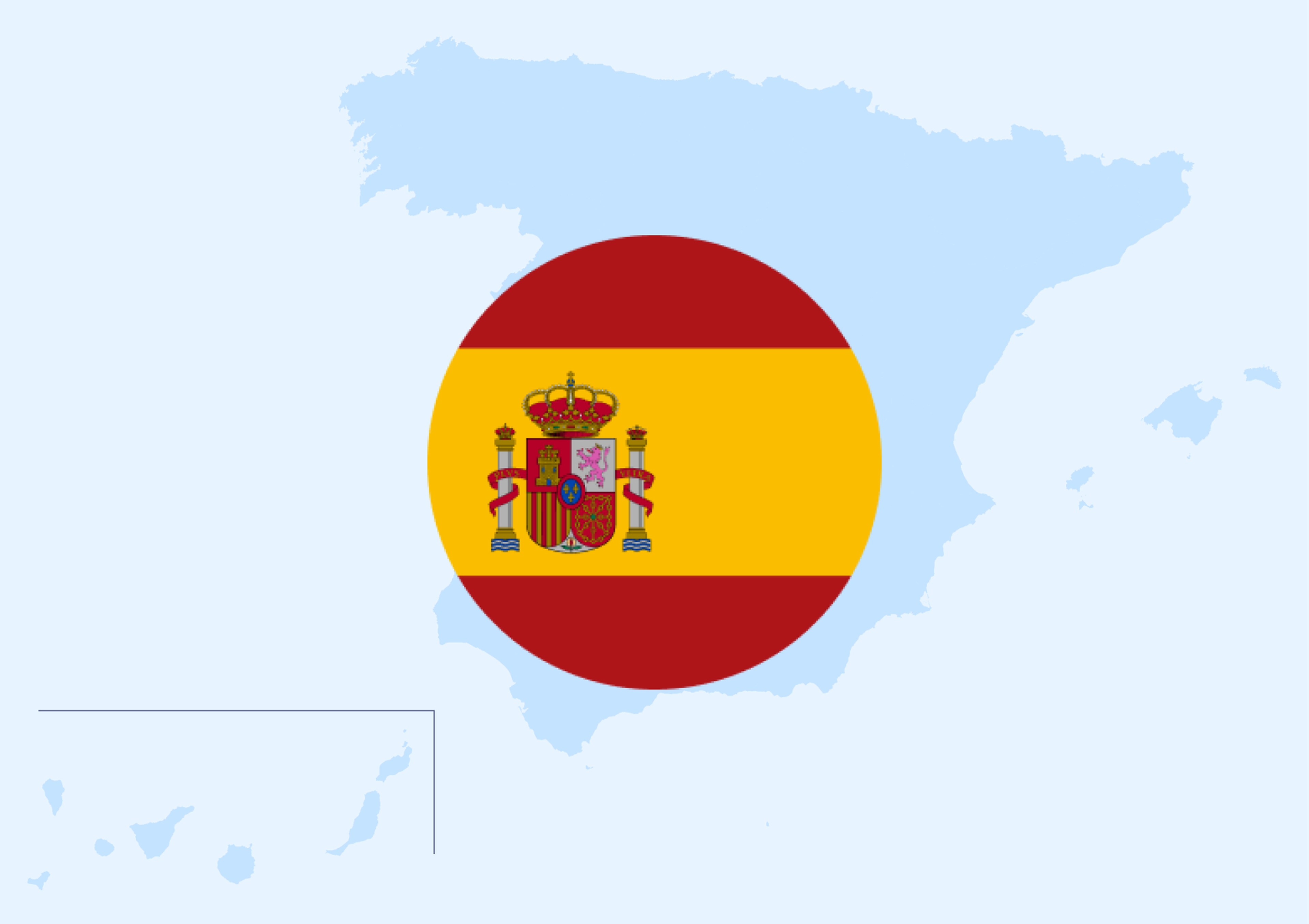In a context of growing talent shortages, companies increasingly rely on external experts to support their operations. Many organizations are now considering a shift from a controlled sourcing strategy based on a closed panel of preferred suppliers, to a more open model. This transition, involving the use of one or several talent marketplaces, is a natural evolution towards a new world of work, enabling access to niche skills that were previously difficult to source.
Is your company looking to open up its supplier panel to find the missing expertise? This shift can be challenging for your existing supplier relationships, raising the question: how can this transition be successfully managed while ensuring all stakeholders understand its benefits and implications?
How to open up to a talent marketplace while preserving the relationship with preferred suppliers
The labor market, especially for professional services, has changed significantly. Experts are now looking for impactful projects within smaller, more agile structures. With the rise of freelancing and new expert communities, companies and procurement departments must adapt to this evolution to continue working with the best talent, at the right time, for their projects.
Turning to a talent marketplace becomes a necessity to connect with these new communities. A marketplace brings a unified process for sourcing, contracting, and invoicing, which also mitigates the legal risks associated with working outside your traditional supplier panel.
Wondering what "sourcing through a talent marketplace" really means? It simply involves expanding your pool of available experts. When you publish a request for proposals on the platform, you can open it to both your preferred suppliers and to those on the marketplace who are not under a master services agreement.
These new partners can now bring their expertise to your projects without going through the traditional onboarding process. Preferred suppliers, for their part, are not pushed aside. Instead, they have the opportunity to demonstrate their added value and the relevance of their proposals within this broader panel.
Moreover, the presence of these suppliers on the talent marketplace gives them access to new markets and clients they do not currently serve directly. This openness is also key in reducing economic dependency among players.
Discover our marketplace, LittleBig Connect
A talent marketplace offers numerous benefits for both companies and providers:
A new, healthy competitive dynamic, encouraging better pricing and stronger proposals from all participants.
Access to hard-to-find niche expertise.
The ability to work directly with a provider (ESN or freelancer) or client at a fair price, without cascading subcontracting and hidden costs, thanks to contractual portage.
Opening up to a talent marketplace: a way to control costs
Your historical supplier panel was initially selected for its expertise in your core business. If they are still working with you today, it's because they have demonstrated mastery of a particular technology or domain.
Opening up to a talent marketplace does not challenge this expertise, but rather encourages suppliers to focus on what they do best. You can expand your panel to find the experts you need, while keeping your preferred suppliers loyal by reinforcing their positioning on key skills.
This means those suppliers will not need to stretch their capabilities to win contracts outside their core competencies, which strengthens satisfaction on both sides.
Choosing to broaden your supplier panel through a marketplace with every new RFP is now a viable and highly relevant option to find the ideal expert while keeping costs under control. In fact, a service can be more affordable via a talent marketplace thanks to its more direct and transparent model. According to Syntec, 30% of what is outsourced to a systems integrator is subcontracted. This often opaque layering can inflate service costs by 15% to 40%.
Some marketplaces limit this cascading subcontracting through rigorous application processes, leading to lower overall service rates. Pricing grids can also be implemented to ensure budget compliance and highlight the strengths of your preferred suppliers. These grids can be refined by profile types for even greater accuracy and relevance.
However, it's important to remember that this type of sourcing is a feature of a digital tool. It needs to be configured. Whether you decide to open the sourcing systematically or more selectively depends on platform settings defined during implementation and when issuing an RFP.
What are the best practices for selecting providers when opening your supplier panel?
Bringing in non-preferred providers may reduce the number of engagements usually awarded to your preferred suppliers. When contracting with preferred suppliers, certain agreements are often made, such as year-end rebates. So how can you ensure those volume thresholds are met even as new players join the process?
Several actions can help maintain negotiated thresholds and strong business relationships:
A clear and transparent communication to all parties explaining the upcoming processes and strategy.
Dedicated training on how to use the platform to facilitate a smooth transition.
Once these actions are understood and adopted by all, the RFP process and opening up to new expert communities can only strengthen each player’s performance in their field.


